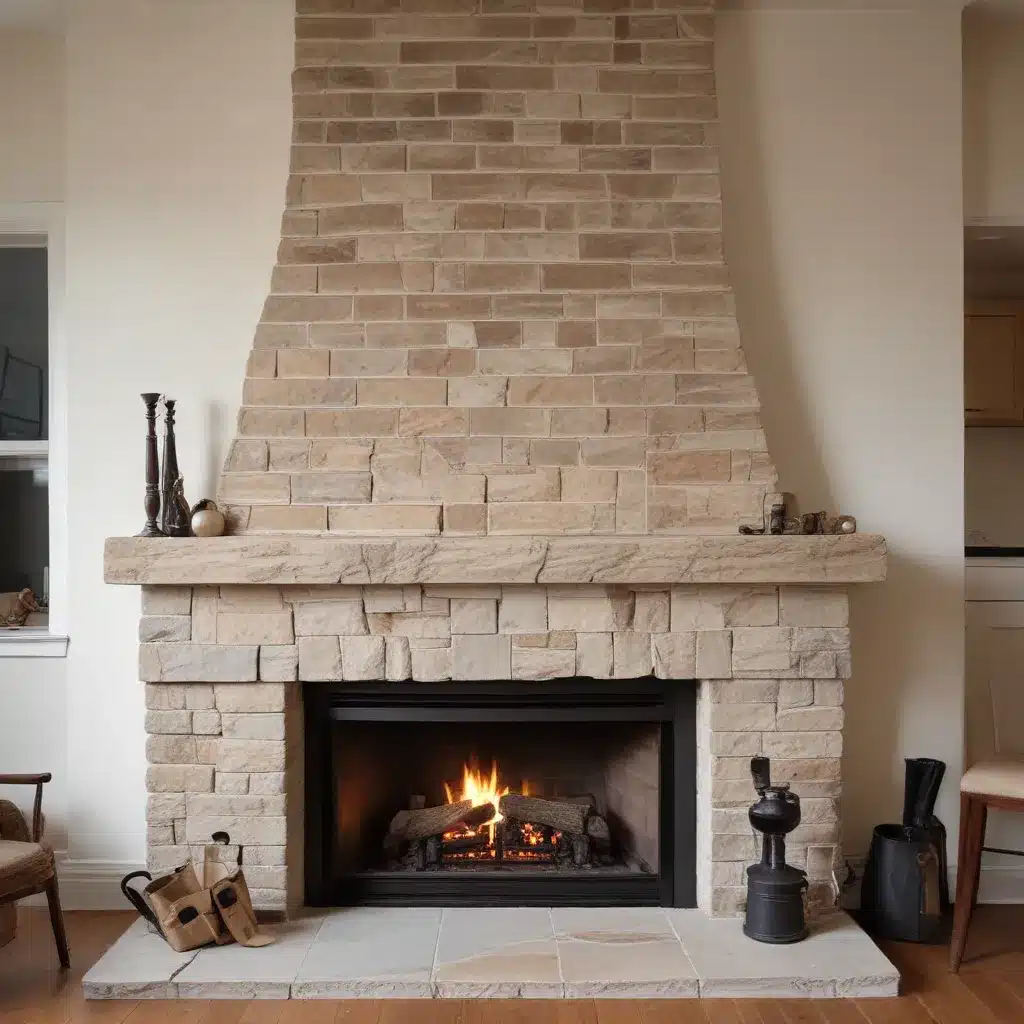
The Importance of a Well-Functioning Chimney
A chimney is a vital component of any home with a fireplace or stove, responsible for safely venting smoke, gases, and other byproducts of combustion to the outside. While chimneys often go unnoticed when they’re working properly, understanding how they function is crucial to ensuring their safety and efficiency. Without a well-functioning chimney, your fireplace or stove can quickly become a hazard, allowing harmful gases like carbon monoxide to seep into your home and potentially cause health issues. Additionally, a poorly maintained or inefficient chimney can lead to smoke backflow, chimney fires, and even costly repairs.
The primary purpose of a chimney is to allow harmful byproducts of combustion, such as smoke, carbon monoxide, and water vapor, to exit the home safely. A properly functioning chimney ensures that these gases don’t remain inside your living space, where they can pose serious health risks. In addition to venting smoke and gases, chimneys also play a role in maintaining airflow for combustion. They help pull fresh air into the fireplace or stove to feed the fire, ensuring it burns efficiently.
Understanding the Concept of Chimney Draft
The key to a chimney’s functionality is the concept of draft. Draft refers to the movement of air up and out of the chimney, which helps carry smoke and gases with it. The chimney draft is driven by the difference in temperature between the warm air in the chimney and the cooler air outside. Here’s how the process works:
- As a fire burns in the fireplace or stove, it heats the air inside the chimney, causing it to become less dense than the cooler outside air.
- The difference in air density creates a pressure differential, which causes the warmer air in the chimney to rise and exit at the top, drawing in more fresh air from the bottom of the chimney.
- This upward movement of air is the draft, and it is what allows the chimney to effectively vent the byproducts of combustion.
A properly functioning chimney ensures that the draft is strong enough to vent smoke and gases effectively. If the draft is too weak, smoke can back up into your home, causing unpleasant odors and even health hazards.
The Anatomy of a Chimney
To understand how a chimney works, it’s helpful to know its main components and how they contribute to its function.
Flue
The flue is the inner part of the chimney that serves as the passage for smoke and gases to exit. It can be made of brick, clay, or metal and is often lined with a flue liner, which helps protect the chimney walls from the heat and corrosive byproducts of combustion. A properly sized and functioning flue is critical to maintaining a good draft.
Chimney Cap
The chimney cap sits on top of the chimney and serves several important functions. It prevents rain, snow, debris, and animals from entering the chimney while allowing smoke and gases to escape. Some chimney caps also have spark arresters to prevent embers from escaping and potentially igniting a fire on the roof.
Chimney Crown
The chimney crown is the concrete or masonry surface that sits at the top of the chimney and seals it off. It slopes downward to direct water away from the flue and chimney structure, preventing water damage.
Damper
The damper is a metal plate located inside the chimney, typically at the base of the flue. It can be opened or closed to control airflow. When the fireplace or stove is not in use, the damper should be closed to prevent drafts from entering the home. When a fire is burning, the damper is opened to allow smoke and gases to escape.
Smoke Chamber
The smoke chamber is located just above the fireplace or stove and below the flue. It helps funnel smoke and gases from the fire into the narrower flue while also slowing the upward flow of air. This design helps improve the chimney’s draft and reduces the likelihood of smoke escaping into the home.
Chimney Liner
A chimney liner is a protective layer inside the flue that prevents heat and gases from damaging the chimney walls. Chimney liners are typically made of clay, metal, or ceramic materials and play a crucial role in protecting both the chimney and the home from fire hazards.
Common Chimney Issues and Maintenance
While chimneys are designed to work efficiently, there are common issues that can affect their performance:
- Creosote buildup: Creosote is a highly flammable byproduct of burning wood that can accumulate inside the chimney, increasing the risk of a chimney fire.
- Blockages: Debris, animal nests, or other obstructions can block the flue, preventing proper venting and causing smoke to back up into the home.
- Structural damage: Cracks, deterioration, or other structural issues in the chimney can compromise its integrity and efficiency.
- Improper airflow: If the chimney’s draft is too weak or too strong, it can lead to smoke problems, inefficient burning, and potential safety hazards.
Regular chimney maintenance is essential to ensure your chimney works properly and safely. Annual chimney inspections and cleanings are recommended to check for blockages, creosote buildup, and any structural damage that may need repair. Proper maintenance not only ensures a safe, efficient draft but also extends the life of your chimney and reduces the risk of fire hazards.
Understanding how your chimney works is key to keeping it in good condition. By ensuring proper airflow, addressing common chimney problems, and maintaining your chimney regularly, you can enjoy a safe, efficient, and cozy fireplace or stove. For expert chimney maintenance and repair, contact Roofing Northampton – their professional team can ensure your chimney is working properly and safely, providing peace of mind for you and your family.

